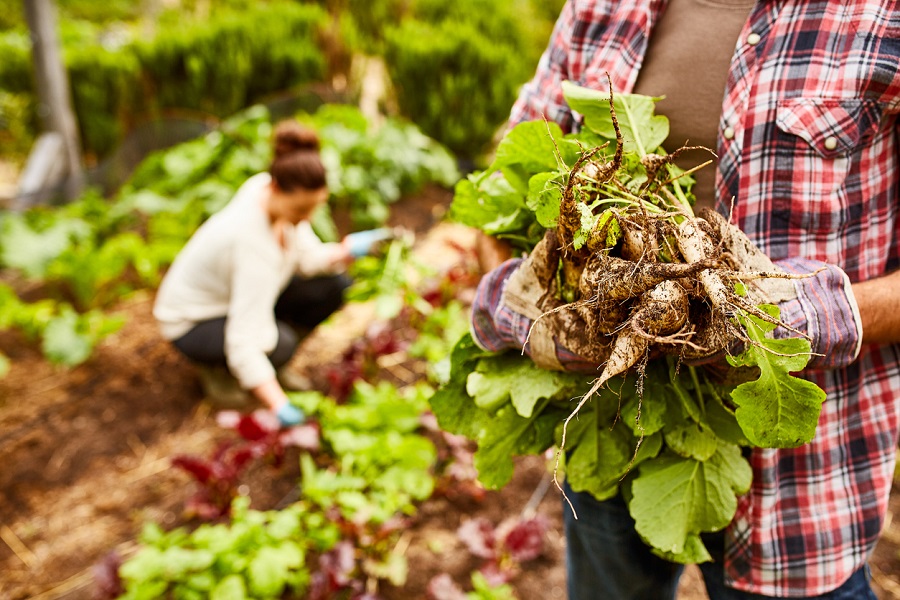Looking for some tips on how to improve garden soil health by growing cover crops, but not sure where to start? Deer Creek Seed has a few key considerations and product recommendations for new market growers. Incorporating cover crops into a complex system requires a bit more thought, but with proper planning they can provide a host of benefits.
Three things to consider BEFORE selecting a cover crop
The first and most important step before picking out any crops to grow should be determining the goal of the cover crop planting.
Do you want to grow a species that can generate nitrogen or scavenge nitrogen already within the soil? Do you want to grow a cover crop to improve soil health, suppress weeds, or to protect and provide soil conservation? How about biological control – where the plants themselves do the work of eliminating weeds or pests? And this list is just the start! There are so many good reasons to grow cover crops, but before you do, you must first determine your top goals for your cover crop in your system.
The second important step is understanding crop rotation. In a nutshell, rotating crops helps decrease the risk of disease and insect pressure. If you keep growing the same crop in the same spot over and over and over again, you run the risk of building up pest problems.
Just as you would rotate crop families in your production fields, you need to also rotate cover crop plant families. By following this rule, you won’t inadvertently build up pest pressure in your main crop by growing related cover crop species. For example, you shouldn’t plant a radish cover crop where you plan to grow cabbage because they are both members of the brassica family!
The third important step is mapping the timeframe you have to work with. Short rotations between your main crops will limit your cover crop options to fast-growing annuals. Long rotations between your main crops give you more options and could include multiple fast-growing cover crops or utilizing a perennial cover crop species. Determining the number of days you have to grow a cover crop will make selecting a cover crop much easier, as it will help you hone in on appropriate options.
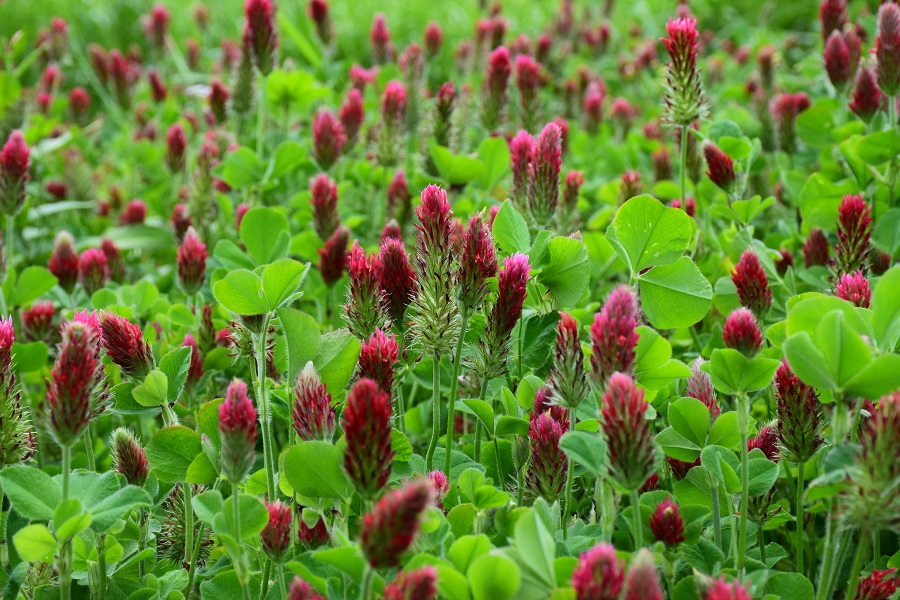
Nitrogen Generating or Nitrogen Scavenging Cover Crops
Do you know the difference between a nitrogen generating and a nitrogen scavenging cover crop? If you don’t, you’re not alone! A lot of people confuse the two.
A nitrogen generating cover crop is a plant species that belongs to the legume family of plants and can produce its own nitrogen in a symbiotic relationship with soil bacteria. When it is terminated, it will release a substantial amount of nitrogen to the next crop through the decomposition of its residue.
A nitrogen scavenging cover crop is one that typically has a robust root system that spreads throughout the soil to take up as much nitrogen as possible. It does not produce the nitrogen itself (like plants in the legume family can do), but it aggressively soaks up what is available in the soil. And when it’s terminated, its plant residue will provide nitrogen over time to the following crops as well.
If you want to go the nitrogen generating route, there are several legumes that make ideal cover crops. If you need a fast growing annual to fill quick rotations of 45-75 days, consider crimson red clover, frosty berseem annual white clover, or field (forage) peas. If more time is available, you may want to consider planting a longer-growing biennial or perennial species. Sweet blossom clover (white and yellow) is an excellent nitrogen producing biennial. Alfalfa, red clovers, and white clovers (like dutch or ladino) can persist for multiple years if you want something longer lived. The longer growing biennial and perennial legumes will typically generate more nitrogen than the short season annual clovers.
And what about those nitrogen scavenging crops – the species that can soak up all the available nitrogen in the soil so that it’s less likely to leach away with the next big rain event? Great scavengers include the likes of annual ryegrass, Japanese millet, pearl millet, winter (cereal) rye, sorghum sudangrass, daikon oilseed radish and forage turnips. These species do a great job of absorbing any left-over nitrogen from previously applied fertilizer!
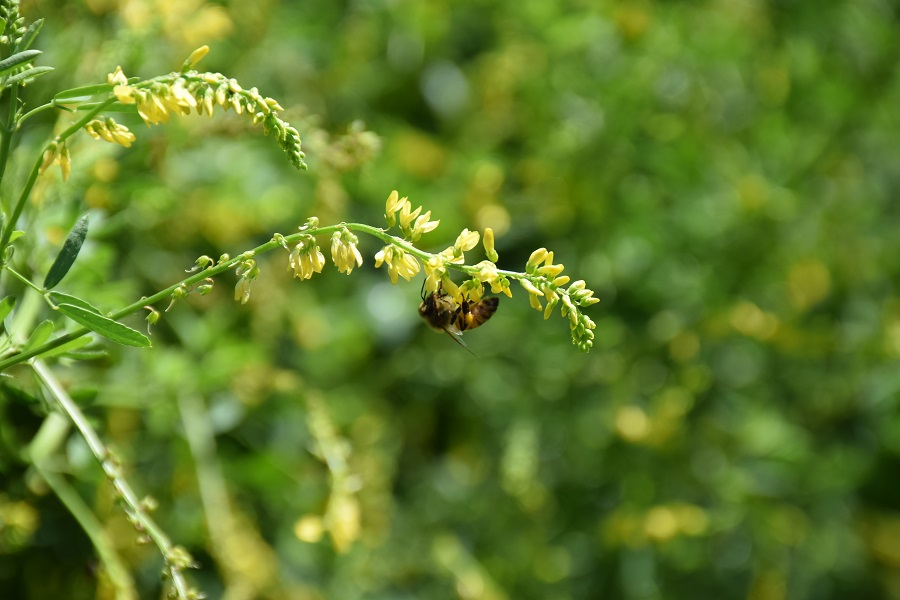
Popular Soil Building Cover Crops
How do cover crops help “build soil?” Why should you care about “soil building” and “organic matter?” In general, cover crops help boost soil organic matter levels by adding their roots and shoots to the soil, thus improving the soil environment in a multitude of ways. As the Midwest Cover Crops Field Guide explains in more detail: “Fibrous roots enmesh soil particles and provide food for microorganisms, which in turn produce polysaccharides and other ’sticky‘ substances that stabilize soil aggregates.”
The deep roots of some cover crops help increase water infiltration and aeration, while taproots can help reduce compaction in soils. Broadly speaking, growing cover crops and allowing them to break down in the soil environment helps improve overall soil conditions.
A key goal many farmers have when growing cover crops is increasing the organic matter levels in their soils. There are a multitude of benefits associated with higher levels of organic matter. These include (but are not limited to) increasing water holding capacity of the soil, supplying soil-held nutrients to plants in unfertilized soils, and helping hold onto nutrients until needed by plants or other soil microbes.
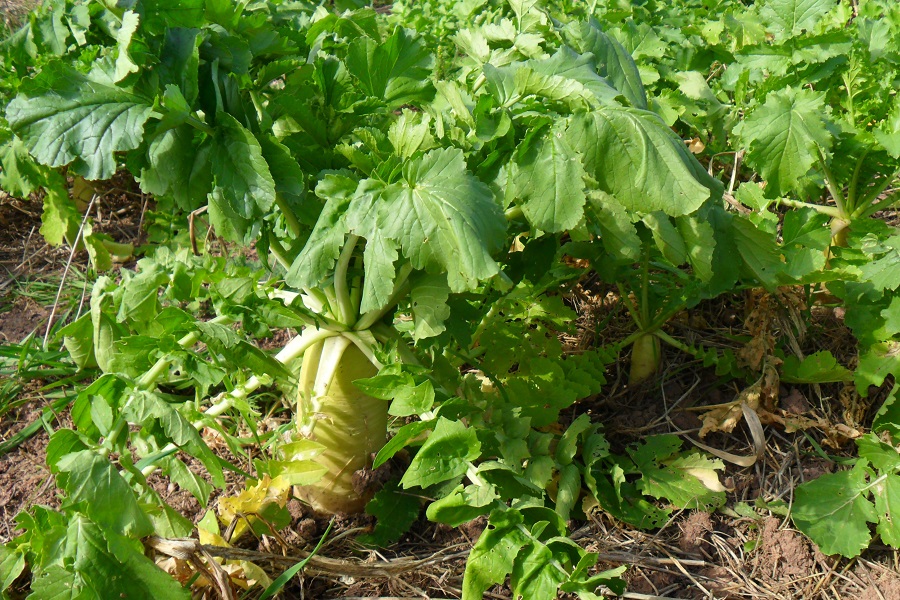
According to Michigan State University, species rated as excellent for creating soil organic matter are cereal rye, sorghum sudangrass, and sweet clovers. Other crops considered very good were annual ryegrass, barley, wheat, mustard, daikon oilseed radish, berseem clover, crimson clover, hairy vetch and red clovers.
After severe weather events (such as flooding) or human-induced damage (such as tire compaction), you may want to consider using a cover crop that is known for loosening and aerating the soil. The best top soil looseners include annual ryegrass, sweet clovers, barley and oats. If you need to break up compaction farther down in the soil profile, subsoil looseners like daikon oilseed radish, winter rye, alfalfa, and sweet clovers are a great choice!
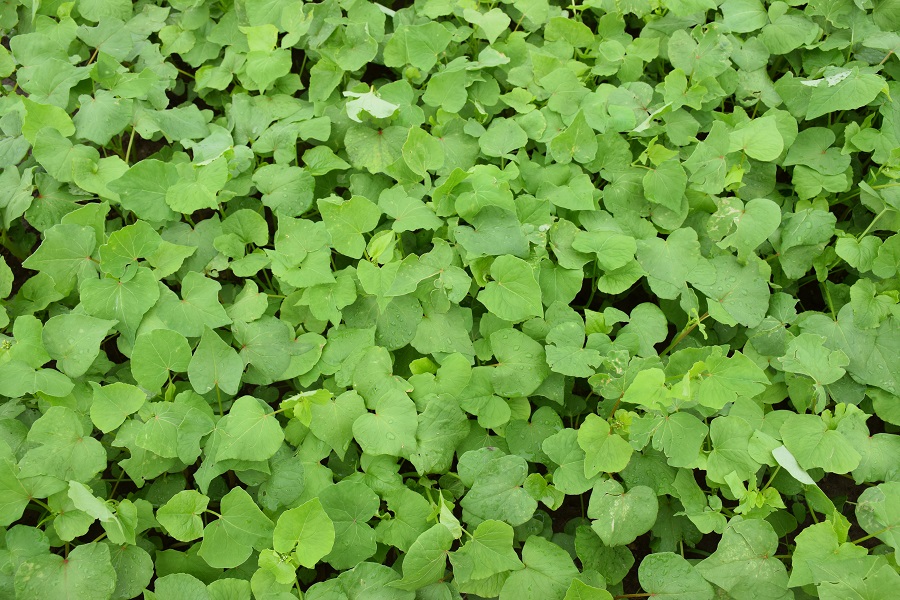
Weed Suppression
You don’t always have to rely on chemicals or mechanical control to suppress weed growth. You can also use cover crops! There are a variety of fast growing cover crops that come up super quick to outcompete the weeds and smother their growth.
Buckwheat and oats are two great examples of “smother” crops which are planted to keep the ground covered and prevent weeds from growing in the same spot. Other weed-fighting cover crops include winter rye and sorghum sudangrass. Both of these aggressive growers can reach heights of four feet or more, shading out weedier plants, while providing a host of other benefits.
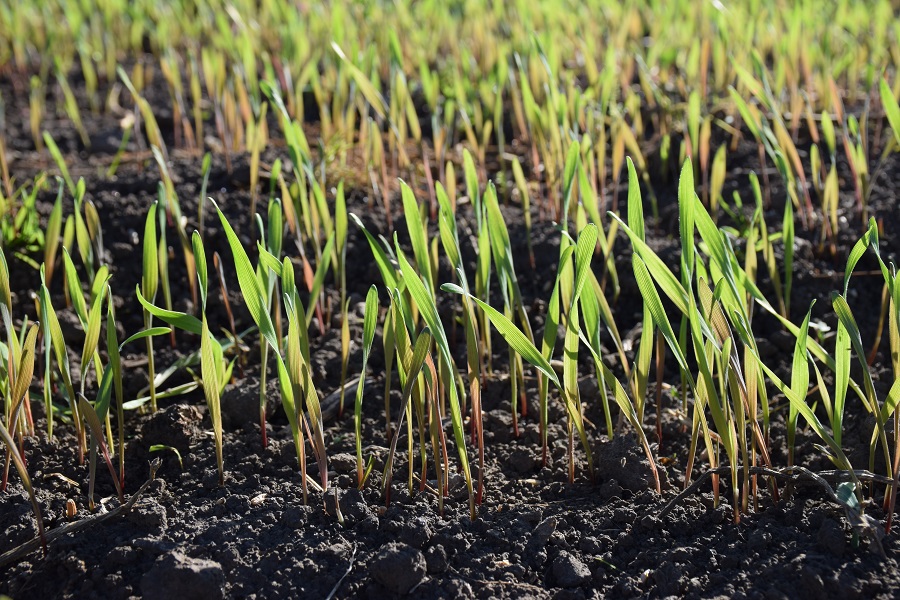
Soil Conservation
True or false: Soil conservation is really important on large farms, but in my market garden, it’s not a big deal. We hope you said false! Your market garden is small, and you’ve got a lot less soil that you can afford to lose. Topsoil is your source of productivity and if you lose it to water or wind erosion, soon enough your market garden won’t be productive at all.
If you plan to rotate a field out of production or leave it bare over the cold winter months, you may want to establish a cover crop. By planting a protective cover of living plants, the roots and residues of these plants will help prevent and control erosion and keep your soil in place.
All cover crops provide some level of soil conservation and erosion control, but there are some that are more popular than others. Classic cover crops that are particularly good at preventing erosion (once established) include alfalfa, annual ryegrass, barley, Japanese millet, medium red clover, oat, pearl millet, winter rye and sorghum sudangrass.
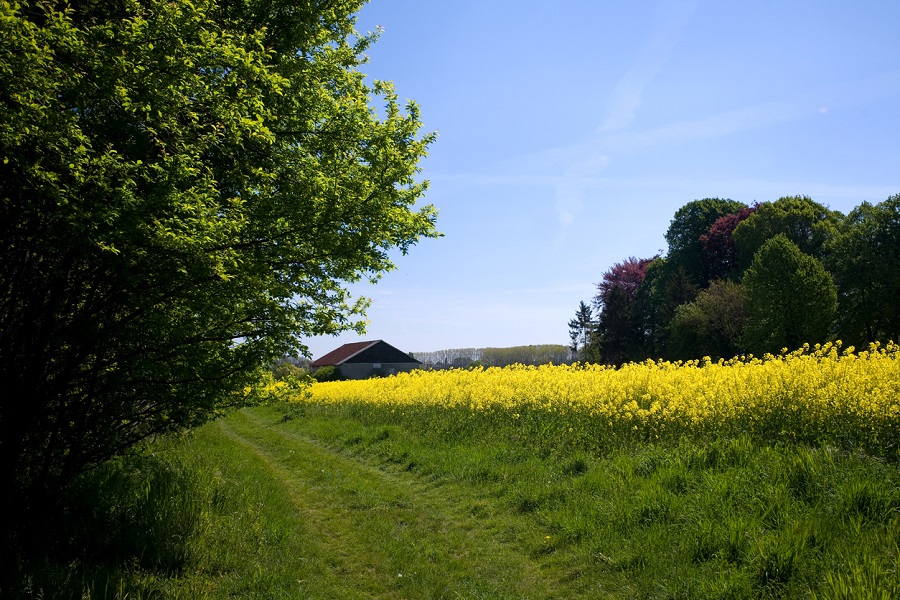
Biological Control
In addition to building soil health, providing soil protection, suppressing weeds and more, cover crops can also help market growers manage pests. Of particular interest are the mustards! Mustards naturally contain chemicals that act as deterrents to certain pests and diseases.
Deer Creek Seed offers two mustards that have been specifically developed for their bio-fumigant properties: Mighty Mustard Kodiak and Trifecta Power Blend. These mustards contain high levels of glucosinolates, a natural plant chemical that suppresses pathogenic activity of several diseases. When properly incorporated into the soil, these mustards can provide moderate levels of suppression for sclerotinia, verticillium wilt, rhizoctonia, fusarium and aphanomyces.
Final Thoughts
Incorporating cover crops into complex systems requires a bit more thought, but with proper planning can provide a host of benefits. From a biomass source of nitrogen, to suppressing weeds and controlling pests and diseases, cover crops can do wonders for your market garden and can help you increase your bottom line through improved soil health and increased productivity over time.
After reading this article, you should have even more questions about what cover crops can do for your garden. Our experts are available Monday through Friday to help you learn more, so give us a call today! Happy planting this summer!



